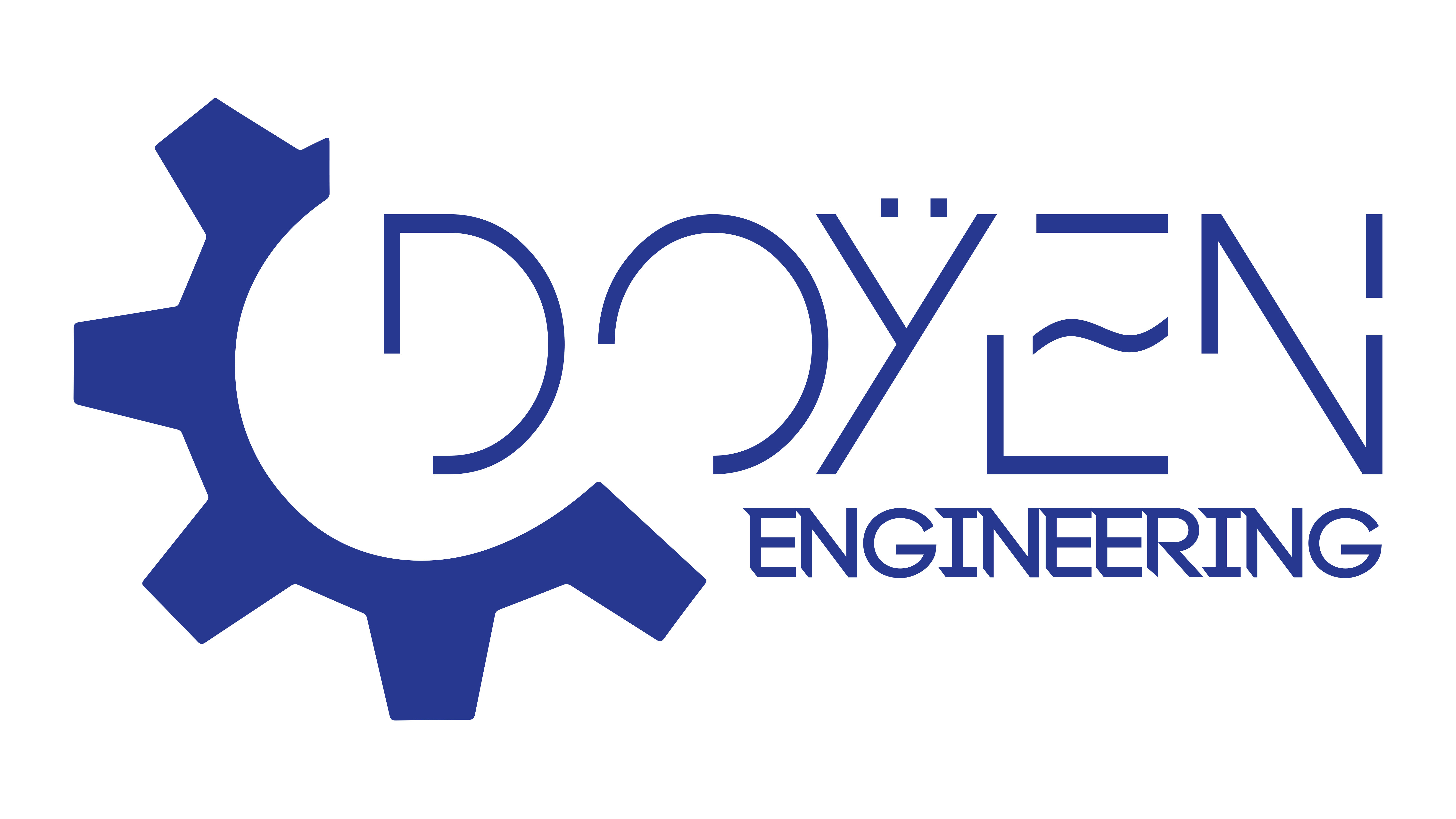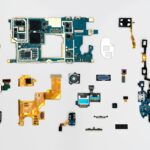
Introduction
Defining Quantum Computing
Quantum computing represents a groundbreaking shift in how we process information, leveraging the principles of quantum mechanics. Unlike classical computing, which relies on bits as the smallest unit of data, quantum computing uses quantum bits, or qubits, that can exist in multiple states simultaneously. This vast potential for parallelism enables quantum computers to tackle complex problems more efficiently.
Overview of Quantum Computing in Electrical Engineering
In the realm of electrical engineering, quantum computing is proving to be transformative. Here are a few ways it’s influencing the field:
- Enhanced Processing Power: Quantum algorithms can solve problems that are currently infeasible for classical computers, such as optimizing circuits.
- Advanced Signal Processing: Quantum techniques can improve noise reduction and signal clarity in communication systems.
By integrating these technologies, electrical engineers are poised to innovate solutions that were once only theoretical.

Fundamentals of Quantum Computing
Quantum Bits (Qubits) vs. Classical Bits
At the core of quantum computing are qubits, which fundamentally differ from classical bits. While a classical bit can only be in one of two states—0 or 1—qubits can exist in both states simultaneously thanks to quantum mechanics. This unique property exponentially increases computing power.
- Classical Bit: Represents either a 0 or a 1.
- Qubit: Represents 0, 1, or both at the same time (superposition).
Superposition and Entanglement
Superposition and entanglement are crucial principles that define how qubits operate. Superposition allows qubits to perform multiple calculations at once, effectively increasing processing speed. Meanwhile, entanglement creates a bond between qubits, so the state of one qubit instantly influences the state of another, regardless of the distance between them. This interconnectedness opens doors to advanced computational capabilities that can revolutionize electrical engineering applications.

Quantum Computing Algorithms
Shor’s Algorithm
One of the most celebrated quantum algorithms is Shor’s Algorithm, designed for integer factorization. This algorithm can efficiently factor large numbers, which poses a significant threat to classical encryption methods. Imagine a future where secure online transactions could be compromised in moments—this illustrates just how impactful Shor’s Algorithm can be.
- Key Features:
- Factorizes large integers in polynomial time.
- Challenges traditional cryptography, notably RSA encryption.
Grover’s Algorithm
In contrast, Grover’s Algorithm excels in unstructured search problems. It allows for quadratic speedup when searching through unsorted databases—imagine finding a specific phone number in a massive directory much faster than ever before.
- Key Benefits:
- Reduces search time from O(N) to O(√N).
- Suitable for numerous applications, including database searches and cryptographic tasks.
Both algorithms showcase the immense potential of quantum computing in revolutionizing fields like electrical engineering and information security.

Quantum Computing Technologies
Quantum Hardware Overview
To harness the potential of quantum computing, robust quantum hardware is essential. Current advancements focus on various technologies for creating qubits, such as superconducting circuits, trapped ions, and topological qubits. Each method has its unique advantages and challenges.
- Superconducting Qubits: Fast and scalable but sensitive to noise.
- Trapped Ions: High coherence times but challenging in terms of scalability.
Quantum Software Development
Complementing hardware advancements, quantum software development is also crucial. Developers are creating frameworks like Qiskit and Cirq that allow programmers to write algorithms and simulate quantum circuits effortlessly.
- Key Tools:
- Qiskit: An open-source framework developed by IBM.
- Cirq: Developed by Google for creating quantum algorithms.
Together, advancements in quantum hardware and software pave the way for realizing the full potential of quantum computing, pushing boundaries in electrical engineering and beyond.

Impact of Quantum Computing on Electrical Engineering
Advancements in Power Systems
Quantum computing is set to revolutionize power system management by optimizing energy distribution and consumption. Through advanced algorithms, engineers can minimize energy losses and predict demand fluctuations more accurately.
- Benefits:
- Enhanced grid reliability.
- Improved load balancing, leading to cost savings.
Enhancing Signal Processing Techniques
Moreover, quantum computing enhances signal processing techniques, enabling precise data analysis and noise reduction. For example, quantum algorithms can quickly process large datasets, allowing for clearer and more accurate transmission in communication networks.
- Applications:
- Improved data compression.
- Enhanced filtering techniques for clearer signals.
The ripple effects of these advancements in quantum computing are poised to fundamentally transform the landscape of electrical engineering, leading to smarter, more efficient systems.






